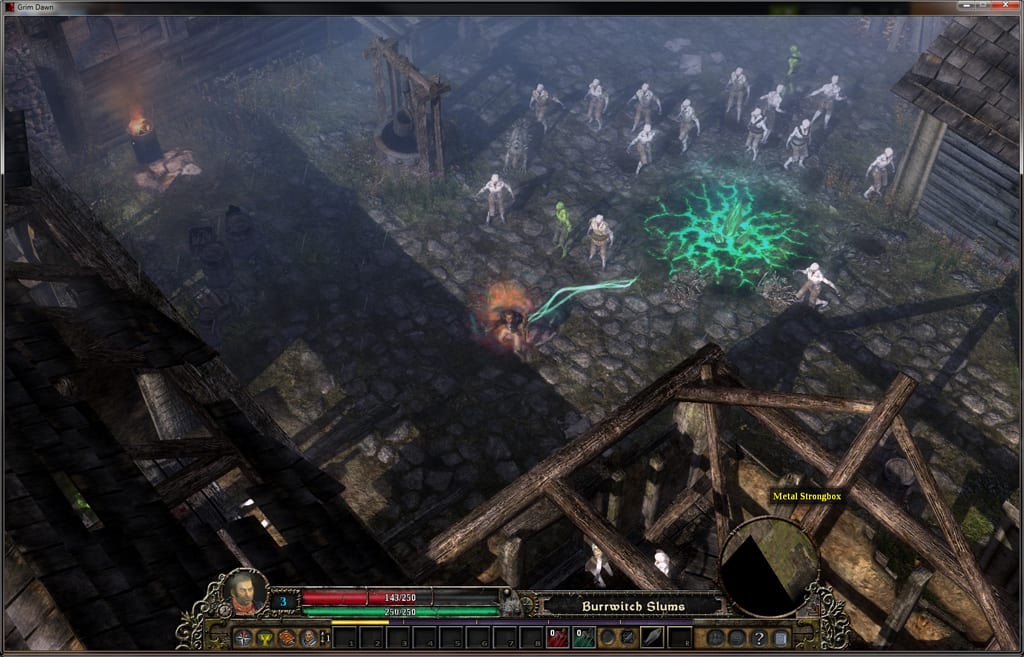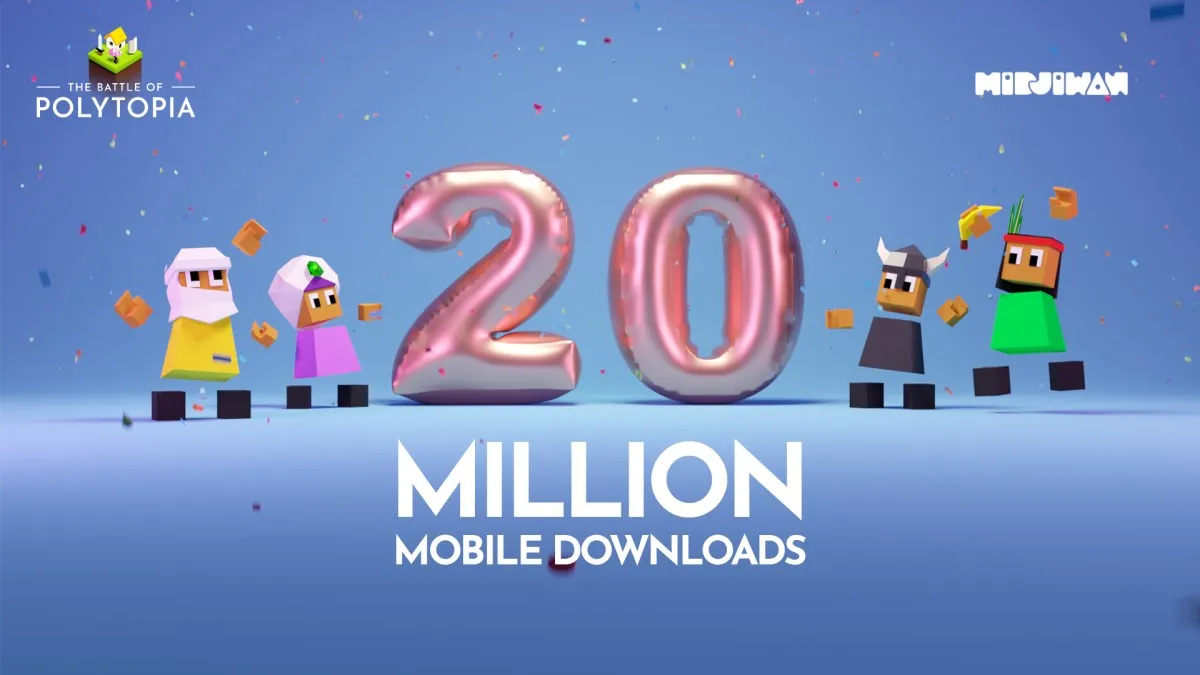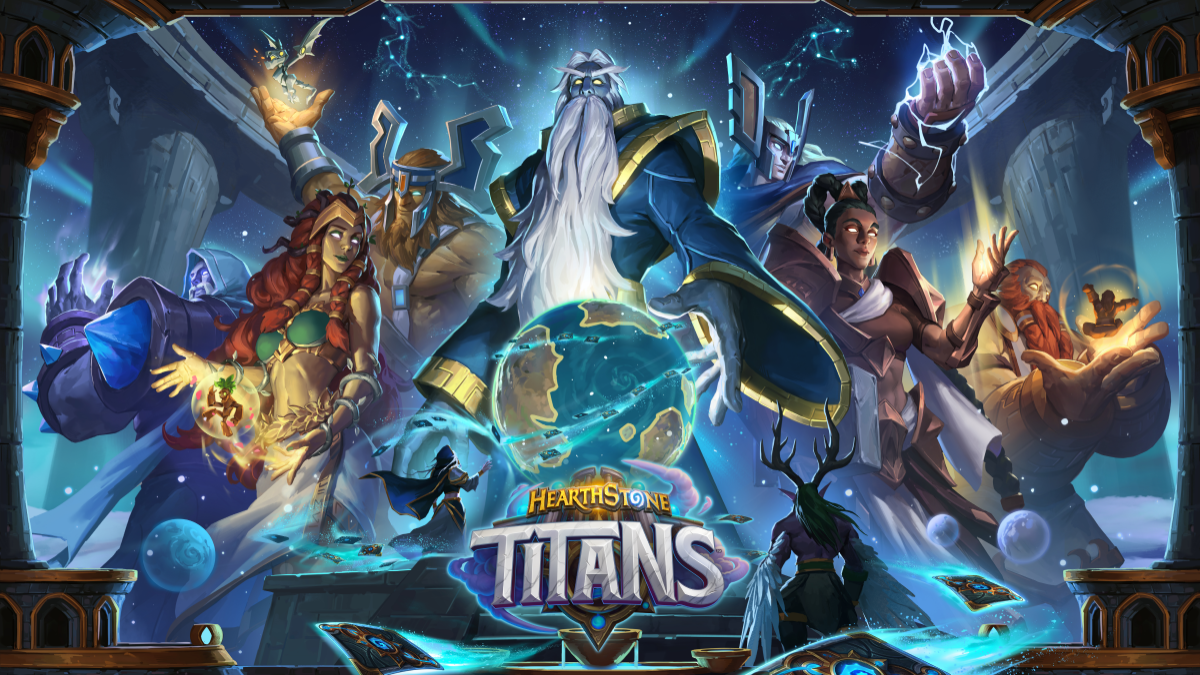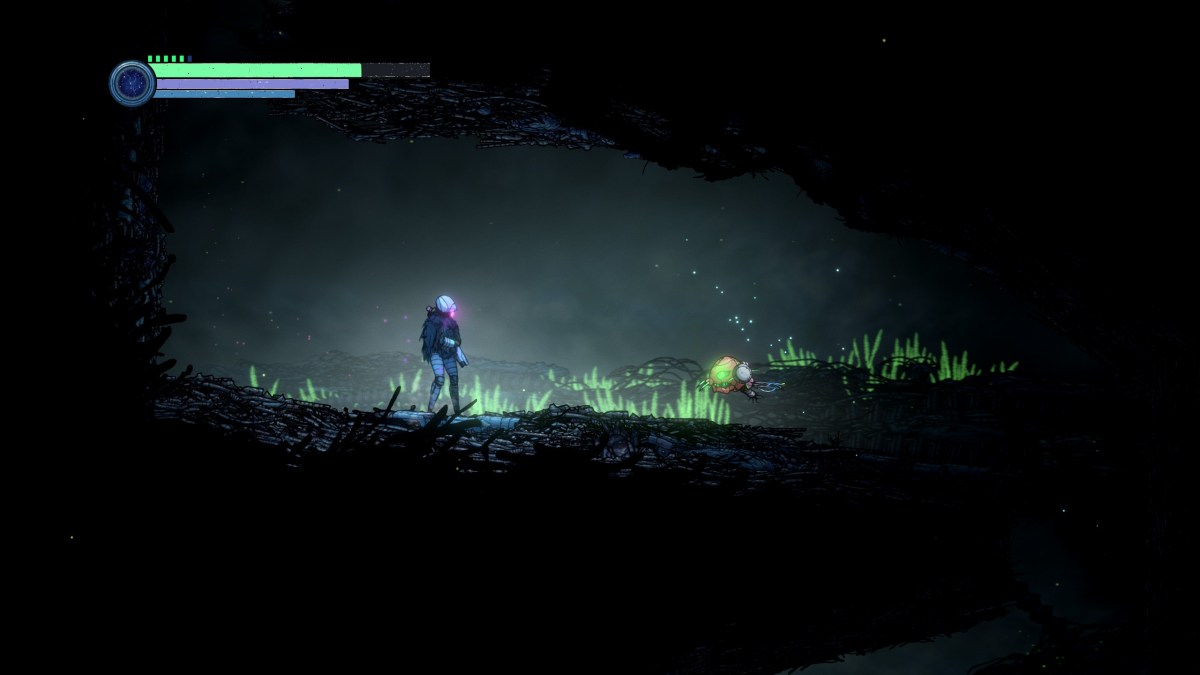We recently had the chance to catch up with Arthur Bruno, founder of Crate Entertainment to find out more about their ARPG Grim Dawn which is currently running a Kickstarter project.
IncGamers: Not everyone will be familiar with Crate Entertainment but the core members of the team have been involved with game development for quite some time. Can you give everyone a quick run-down on your background.
Arthur Bruno: I was lead gameplay designer on Titan Quest. When Iron Lore closed in 2008, I made the insane decision to try launching my own studio and formed Crate Entertainment with a couple Iron Lore buddies. We started out doing contract work for another studio to generate some revenue but when the economy tanked in late 2008, not many new projects were being signed and contract work dried up. I almost called it quits but then had the idea to talk to the former owners of Iron Lore, who had retained the rights to the engine and tools used to create Titan Quest. I worked out a deal to acquire a version of the source code in the summer of 2009 and thus began the epic quest to create Grim Dawn.
We’re basically like a garage-indie startup with only two full-time guys currently and a bunch of part-time people helping out when they can. Fortunately, it looks like the Grim Dawn Kickstarter project will significantly improve our situation.
IG: Titan Quest was fairly well received when it was released, did you feel that despite the acclaim, the closure of Iron Lore felt a little unjust?
AB: I try not to dwell too much on possible injustices. Some amount of luck and timing is part of any success in business and I’m not sure we had it at Iron Lore or, if we did, we didn’t properly utilize it. You don’t have much control over luck and timing though, so I’ve tried to focus on the things that can be done better in the future. One was to try to get out of the traditional publisher funding model, which allows you to get off the ground more quickly but adds a huge element of future risk.
The problem is that publisher funding is an “advance on royalties” which developers have to repay out of their tiny portion of the profits before they actually receive any money from sales. So once development ends, the studio has a full-time team to pay but no more money coming in. That basically puts independent developers in a situation where they’re driving toward a cliff and they need to quickly line up their next project before they go over the edge.
Lining up that next project can be a gamble because deals can take several months to finalize– you need to create a pitch / demo while still developing the first project and there is always a chance publishers just won’t be looking to add another game in genre X to their portfolio for the year. This is part of what went wrong for Iron Lore.
At the same time, I think there were also a number of things that could have been done better with the game itself and we’ve put a lot of effort into listening to feedback from fans and also listening to criticism of hardcore ARPG players who didn’t like Titan Quest. Combat, pacing and the look / atmosphere of the game are some of the bigger things we’ve focused on improving.
IG: Would Iron Lore have looked at creating a Titan Quest sequel or was that never on the cards?
AB: That was actually part of the problem, they were fully expecting to do a sequel and were laying the groundwork for it when THQ basically said they weren’t interested in another PC-only game and wanted to see a new, multi-platform IP. So, they changed course, started working on a multi-platform ARPG with a 3rd person, over the shoulder camera and action-style combat. It was sort of like Oblivion meets Gears of War. It was actually rather similar to the recently released Kingdoms of Amalur but in a darker, grittier setting.
Coincidentally, we were all set to begin development with THQ when they suddenly pulled the plug and decided to buy Big Huge Games instead. They had been talking to BHG about a multi-platform RPG at the same time as Iron Lore and from what I heard, once BHG got Ken Rolston to sign on, THQ basically wet their pants and couldn’t buy them fast enough. After that, Iron Lore just couldn’t gain traction on a deal with another publisher fast enough and they ran out of money.
Since THQ owned the rights to Titan Quest, Iron Lore couldn’t just shop it around to another publisher, so it was basically dead at that point.
IG: Following Titan Quest, did you feel that the game could have been better? And is that one of the reasons you started Crate Entertainment and the Grim Dawn project?
AB: I think fans wince whenever I talk about this but, as a player, even during development, I felt like Titan Quest was missing something for me. It was actually much more fun earlier on in development but we were forced to make various changes that I think diminished the final gameplay experience. Aside from the combat, I also felt like the world lacked a sense of imminent danger and mystery that has drawn me into other games.
Part of the inspiration for Grim Dawn is definitely the idea that this is our chance to finally make the game we really wanted to make. Often times as a designer, you don’t get to indulge yourself because you’re not always building a game for yourself, you’re building for a specific target audience. On Titan Quest, part of the vision I had to work within was that we were building a game that would appeal to the casual market, would have an ESRB rating of E or T, show no blood, shouldn’t have any human death or corpses, was set in a bright happy world etc.
As a hardcore ARPG player, I feel that I am the target audience for Grim Dawn and already it is a game that I am continually excited to play, even after all this time working on it. It has a certain magic that was missing for me in TQ and the combat is so much more satisfying, it just keeps you wanting to go smash that next enemy.
IG: How long has it been now since you started work on Grim Dawn? The Alpha videos you have already released look pretty impressive.
AB: Ah, thank you! We started about two and half years ago but, given how small of a team we are, we’ve been faster at getting the gameplay up and running than building out the content. You can play up to level 30-40 now and it is pretty fun but you have to keep replaying the same tiny area. With the Kickstarter funds, our top priority is to bring on another designer to help build out the world and get the quests in so we have enough to release a reasonable sized alpha and then keep building from there.
IG: Did Crate ever go out and look for big publisher backing for Grim Dawn?
AB: We never actively looked for a publisher due to the reasons I mentioned earlier but we’ve been contacted by a few. The terms they’ve been willing to offer always end up the same though; they want to own the IP, the funding is an advance on royalties, etc. Such a deal would just land us back in the same situation as Iron Lore where we might release Grim Dawn, not line up the next deal fast enough and be out of business.
We’d rather struggle in the beginning and grow slowly, in order to get to a more sustainable and stable position after release.
IG: The big news for Crate recently has been the launching of the Kickstarter project for Grim Dawn. Had you been watching other titles very closely on Kickstarter to see what the response would be like and what made you take the plunge with Kickstarter?
AB: We’ve considered Kickstarter for a long time and the fans on our forum have been advocating it since long before the recent successes. However, when initially looking at Kickstarter, we saw that most successful games of that time were only making $25k to $50k.
We imagined we might be able to earn $100k if we put together a really good project with gameplay footage and that level of funding certainly would have been a big help but we didn’t think we’d be able to promise a delivery date and we didn’t want to launch a project without being able to do that. After the massive success of Double Fine, we thought, whoa, this has a lot more potential than we realized.
Not being well-known like Double Fine / Tim Schafer, we didn’t imagine we’d end up with millions but we realized maybe we could actually raise a couple hundred thousand and that would be enough that we could start putting down delivery dates.
IG: Putting together a Kickstarter project is by all accounts not easy. What has been the most challenging aspect of getting it off the ground? I know you had been going back and forth on the rewards part of the project for a while so how did you cost that up and come up with your final packages?
AB: The video was definitely the toughest part. We didn’t have the connections or budget to easily put together a catchy video with a professional production crew, nor do we have a hip looking office and existing team to show off / involve since we all work remotely. So, it was a bit of a challenge trying to figure out what to do. Ultimately, we came to the conclusion that since we already had part of a working game, the best thing was to just focus on that. Even then, creating the video was a long, grueling process.
Figuring out how to structure the reward tiers and what to offer was also challenging. We had a pre-existing pre-order system and that complicated things quite a bit since we didn’t want to upset those people by dropping the prices for Kickstarter, needed to make sure they understood they’d get any new stuff we added and we also allowed existing key-holders to use the value of their key as a credit to get higher reward tiers, which we had to manually process as upgrades.
One really tricky thing for a game project is that different people all want different subsections of rewards. One person may not care for any extras but wants to get two copies of the game or three, or two copies plus two expansions, etc. There is no way to select multiple rewards on KS, so the only way to accommodate every permutation of what people wanted would be to create dozens of new reward tiers, which, of course, is impractical. So, we’ve tried to strike a balance and do the best we can at offering the most popularly demanded options but it’s been tricky.
IG: You are obviously very passionate about getting Grim Dawn complete and with limited budgets it’s not easy. What would you say is the most important aspect of the game’s development you are wanting to push forward quickly with the funding?
AB: I think the big thing is to get a playable portion of the game into player’s hands, especially for those that pre-ordered a long time ago. I also think once players get an opportunity to experience how badass the gameplay actually is, we’ll get a lot more pre-orders.
To do that, we need to build out more world and get the early quests set up. Once we accomplish that, I think we’ll have a pretty good start that will be fun for people to replay as we work on the next installment of content. From there, along with expanding the world, we’ll be looking to really leverage some of the cooler features we’ve created.
IG: There has been a lot of debate over features such as online only requirements with Diablo 3 and also the lack of LAN play, what are your thoughts in this and what are your plans for Grim Dawn?
AB: Grim Dawn will have both offline single player and LAN. I can’t say I fully understand Blizzard’s reasoning behind the always online requirement. I would guess a big part of it is a desire to reduce piracy and funnel people toward the real-money auction house as a means of recovering some of the massive development costs they must have incurred during the prolonged development of D3.
There are probably also security concerns involved with the RMAH. Not sure I’m a fan of all these new things but I guess I’ll have to see how it plays out.
IG: The ARPG genre is going through a bit of a rebirth at the moment. Why do you think the genre has been ignored in the past few years?
AB: It certainly is and it seems almost bizarre considering how few ARPG existed just a few years ago. As popular as ARPGs seem to be currently, back in 2006 when we released Titan Quest, there was this vibe, especially among many reviewers, that isometric ARPGs were an antiquated genre and 3rd / 1st person RPGs like Oblivion, which had just released, was more of the future of RPG, even though to me they were totally different genres. There were a lot of direct comparisons between TQ and Oblivion though when we released.
Since then, I think there has been a bit of a revolution, where players and even the gaming press have become enamored again with all things old-school. At its heart, I think it is a return to the idea that gameplay mechanics are what make games fun and that a lot of AAA titles were sacrificing gameplay in pursuit of increasingly cinematic experiences, reducing difficulty and watering down mechanics to increase accessibility for a broader, casual market. ARPG is one of these traditional genres of gaming that just satisfy on so many levels and I think there is a large audience of hardcore gamers who want to see a return to more traditional, complex gameplay mechanics and games that offer some real challenge.
I have no idea whether this had any effect but possibly the fact that both Titan Quest and Torchlight were profitable proved to publishers that there was money to be made in the genre beyond just the Diablo franchise. (TQ was profitable for the publisher, just not Iron Lore due to the nature of the deal)
I think also the increasing appetite for ARPG has been fueled by players who are burnt out on MMOs and want the same type of challenge, character development and loot but with less of a time commitment and without the requirement of having to join in large-scale raids to experience high-level content.
Whatever the case, I think it is a good time to be an ARPG developer. Despite all the other games on the market, I think there is also a lot more opportunity and a larger audience.
IG: The Grim Dawn community is pretty tight. How have you been finding things when comes to getting feedback from the community and how have they helped you shape the direction of the game?
AB: We have a great group of people on the Grim Dawn forum. The fact that they are so reasonable and willing to listen makes it much easier to be open with them, discuss development problems and get feedback.
I don’t design by committee and feel that it is my job as designer to look at the big picture, consider all of the interactions of different gameplay systems and think through all of the potential ramifications of any decision. However, part of making good design decision is gathering as much information as you can and 1000 sets of eyes looking at something are better than one. I’m always looking to other people for ideas and to sort of give me a reality-check to make sure I’m not missing something or looking at things the wrong way.
There are also times in design when there are multiple viable options and choosing one option or another is more a matter of preference than discerning one, absolute, best path. When I’m uncertain about something or it comes down to a matter of preference, I go to the community to let them weigh in on the matter.
I’ve often posted polls on issues or put up work in progress to get feedback. I’m only one person and I realize that sometimes, there may be problems that I just can’t see from my limited perspective.
IG: There are obviously quite a few ARPG titles that are coming to market in 2012, and assuming you could get a Beta up and running this year, do you think that there is going to be a place for Grim Dawn? What differentiates Grim Dawn from the competition so far?
AB: I think part of what differentiates us is that we’re building the game to be a little more hardcore while most others seem to be going for broader market appeal. I think by catering more specifically to a certain niche of the audience, we can build a game that is more directly suited to their tastes and win them over. Of course, I also think there is plenty of room for multiple successful ARPGs and because we’re a very small team, we don’t need to sell all that many copies to be successful. Even if we only manage to sell 100,000 copies, we’d make a nice profit and our budget for the next project would be much larger than what we’re operating on now.
I think once players have an opportunity to actually play Grim Dawn, they’ll really enjoy it and they’ll find that it is a unique experience from the other big ARPGs on the market. We have a few standout features like our faction system, open world design, quest choices, etc, but I think the difference is more about the feel of the game than any set of features. To me, what really sets Grim Dawn apart is the sort of old-school design mentality we’re taking to development, where we’re not building features based on marketing concerns, we’re just doing what we think makes sense and sounds cool to us as players. We don’t hold player’s hands and tell them where to go, we let them run ahead to get into higher level content at lower levels and we give them different directions they can advance in from the starting town.
We’re also willing to spend time creating special content, unique locations, hidden areas etc., which people can only find through exploration. A lot of older games had stuff like that and it made the world more mysterious; it made you feel like exploration would allow you to see something that not everyone was going to find. In modern game development, by contrast, there is too much fear and concern that money might be wasted creating content that not enough players experience.
I ran into that on Titan Quest when I wanted to add in the secret bosses that were unlocked in Epic and Legendary difficulty. I got a lot of push-back and the concern was that we were spending money to develop unique content only a fraction of the audience might see. I still got a couple in but it was a struggle. On Grim Dawn, we want to do a lot more of that.
Thank you, Paul, for giving me a chance to tell people more about Grim Dawn! We’re entering the last week of our Kickstarter campaign, so if people think they might be interested in Grim Dawn, I encourage them to check it out. By grabbing a copy in advance now, people are helping us build a bigger, better game.
For more information on the Grim Dawn Kickstarter Project, head to the this page.







Published: May 13, 2012 06:23 pm